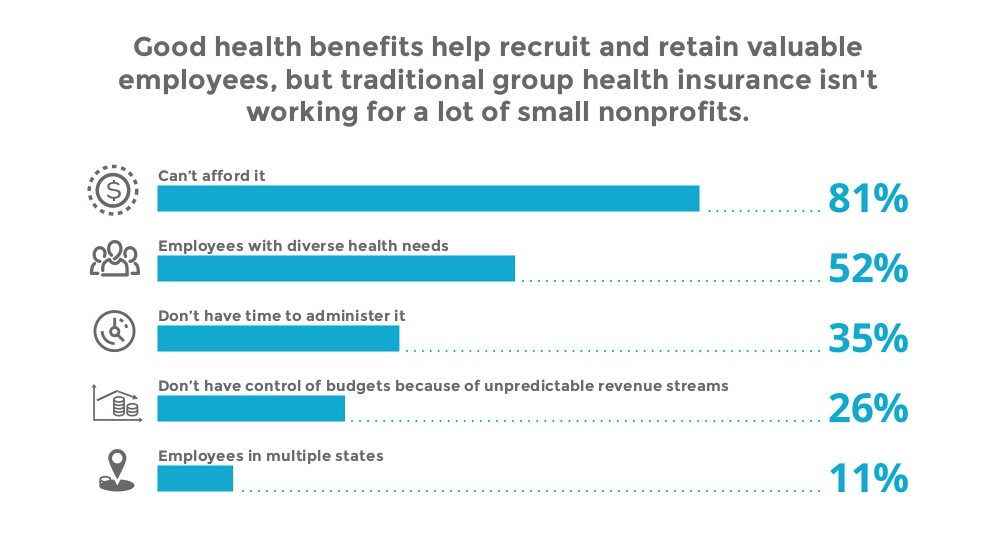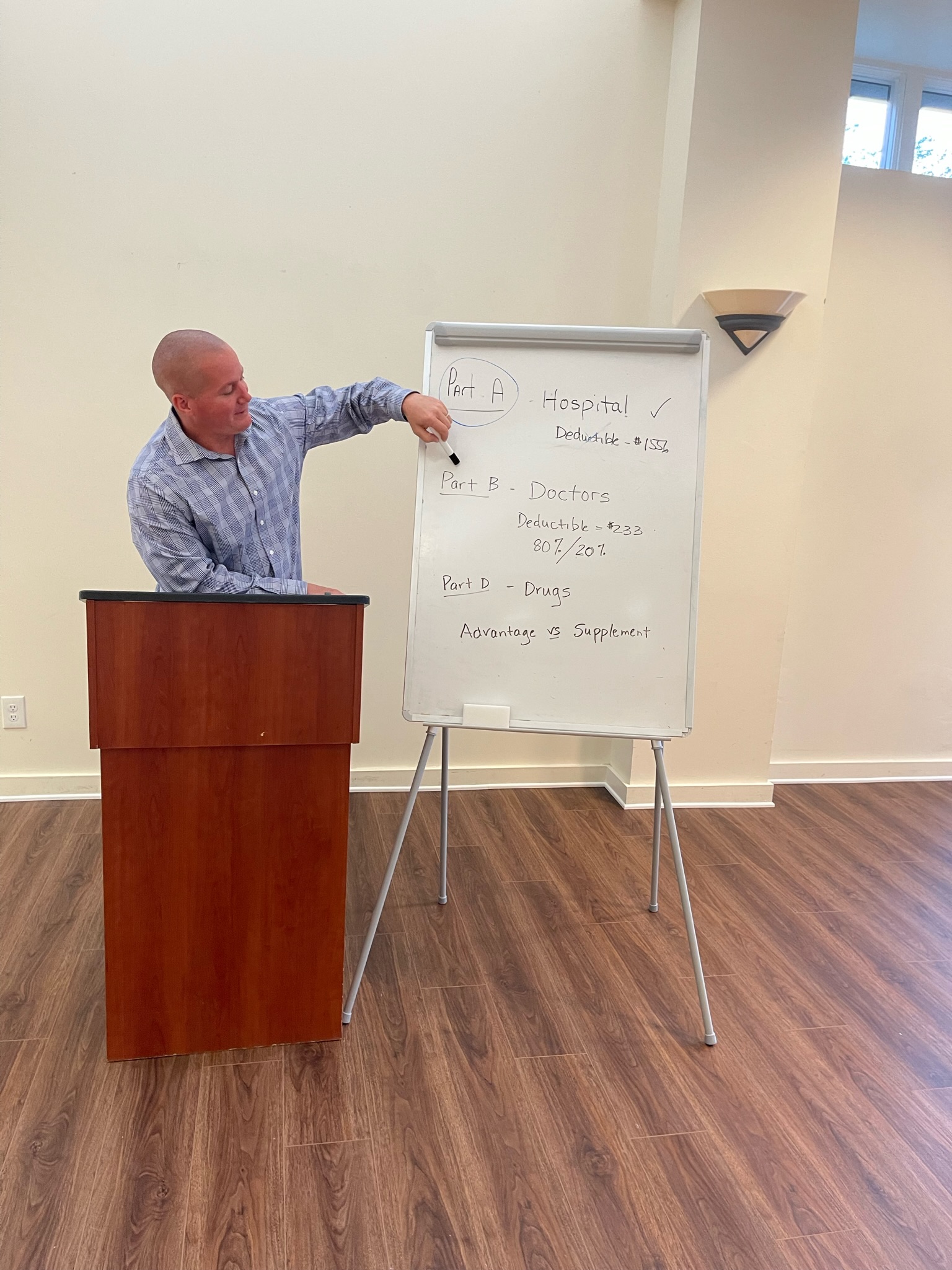The 8-Minute Rule for Medicare Advantage Agent
The Facts About Medicare Advantage Agent Uncovered
Table of ContentsThe Greatest Guide To Medicare Advantage Agent5 Easy Facts About Medicare Advantage Agent ExplainedThe 3-Minute Rule for Medicare Advantage Agent


follows from confusing the relatively young age profile of account uninsured with without insurance better healthMuch better health and wellness average, standard younger persons. For those without access to work environment health insurance policy, inadequate health and wellness is a possible obstacle to acquiring nongroup insurance coverage because such coverage may be very valued, omit preexisting problems, or be simply inaccessible. Unless otherwise kept in mind, national estimates of individuals without wellness insurance coverage and proportions of the populace with different kinds of protection are based on the CPS, the most commonly utilized resource of quotes of insurance policy protection and uninsurance rates.

The Greatest Guide To Medicare Advantage Agent
Over a three-year duration starting early in 1993, 72 million people, 29 percent of the united state populace, were without protection for a minimum of one month. Within a solitary year(1994), 53 million people experienced a minimum of a month without protection(Bennefield, 1998a). 6 out of every ten uninsured adults are themselves used. Although functioning does improve the probability that and one's household participants will certainly have insurance coverage, it is not a guarantee. Even members of families with two full time breadwinner have almost a one-in-ten possibility of being uninsured (9.1 percent uninsured rate)(Hoffman and Pohl, 2000 ). The connection in between medical insurance and access to care is well established, as recorded later on in this phase. Although the partnership between medical insurance and health results is neither direct neither simple, a considerable clinical and health services study literature links medical insurance protection
to enhanced access to care, better high quality, and improved personal and populace wellness condition. As an example, the second report, on personal wellness results for without insurance grownups, is stood for by the inner circle of the figure, while the 3rd record, on household health, incorporates the subjects of the second report but stresses a different system of evaluation, namely, the family members. The sixth record in the collection will present details concerning methods and initiatives taken on in your area, statewide, or nationally to address the absence of insurance and its adverse influences. Degrees of analysis for taking a look at the impacts of uninsurance. This discussion of medical insurance coverage concentrates mainly on the united state population under age 65 due to the fact that basically all Americans 65 and older have Medicare or various other public insurance coverage.
It focuses specifically on those without any type of wellness insurance for any length of time. The problems dealt with by the underinsured remain in some aspects comparable to those dealt with by the without insurance, although they are generally less serious. Uninsurance and underinsurance, however, include distinctly different policy issues, and the strategies for resolving them may vary. Throughout this research study and the 5 reports to follow, the main focus gets on individuals without wellness insurance and thus no assistance in spending for healthcare past what is readily available with charity and security web organizations. Health and wellness insurance coverage is a powerful factor affecting invoice of treatment since both clients and physicians react to the out-of-pocket rate of services. Health and wellness insurance coverage, however, is neither necessary neither adequate to get to clinical services. Nonetheless, the independent and straight impact of health
insurance policy coverage on accessibility to health and wellness services is well developed. Others will get the healthcare they require also without health and wellness insurance coverage, by paying for it expense or seeking it from service providers who use care totally free or at very subsidized rates. For still others, medical insurance alone does not guarantee receipt of care due to the fact that of various other nonfinancial barriers, such as a lack of healthcare service providers in their community, restricted access to transport, illiteracy, or linguistic and cultural distinctions. Official research about uninsured populations in the United States dates to the late 1920s and early 1930s when the Board on the Expense of Medical Treatment generated a collection of reports concerning funding medical professional workplace sees and hospitalizations. check out here This issue came to be salient as the varieties of medically indigent climbed throughout the Great Depression. Empirical research studies continually click now sustain the web link between accessibility to care and enhanced wellness results(Bindman et al., 1995; Starfield, 1995 ). Having a routine resource of care can be thought about a predictor of access, as opposed to a straight procedure of it, when wellness results are themselves utilized as accessibility indications. This expansion of the notion of accessibility dimension was made by the IOM Committee on Monitoring Accessibility to Personal Health And Wellness Care Services(Millman, 1993, p. Whether parents are guaranteed shows up to affect whether or not their children obtain care as well as just how much careeven if the children themselves have coverage(Hanson, 1998). The health and wellness of parents can affect their capability to look after their kids and the degree of family stress. Fretting regarding their kids's access to care is itself a source of stress and anxiety for parents. 3 chapters follow in this report. Chapter 2 offers a summary of exactly how employment-based wellness insurance coverage, public programs and private insurance plan operate and interact to give comprehensive but incomplete insurance coverage of the united state population. This includes an evaluation of historical patterns and public plans influencing both public and exclusive insurance, a conversation of the communications among the various kinds of insurance, and an assessment of why people move from one program to another or wind up